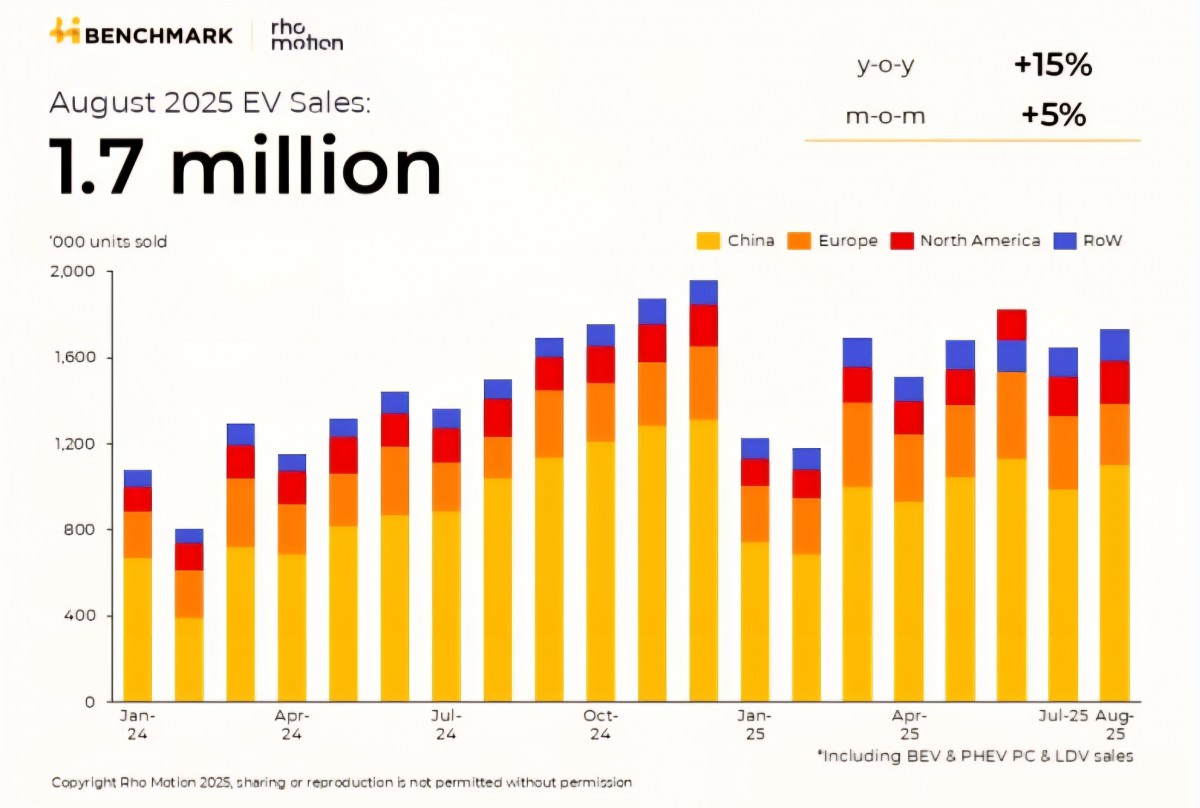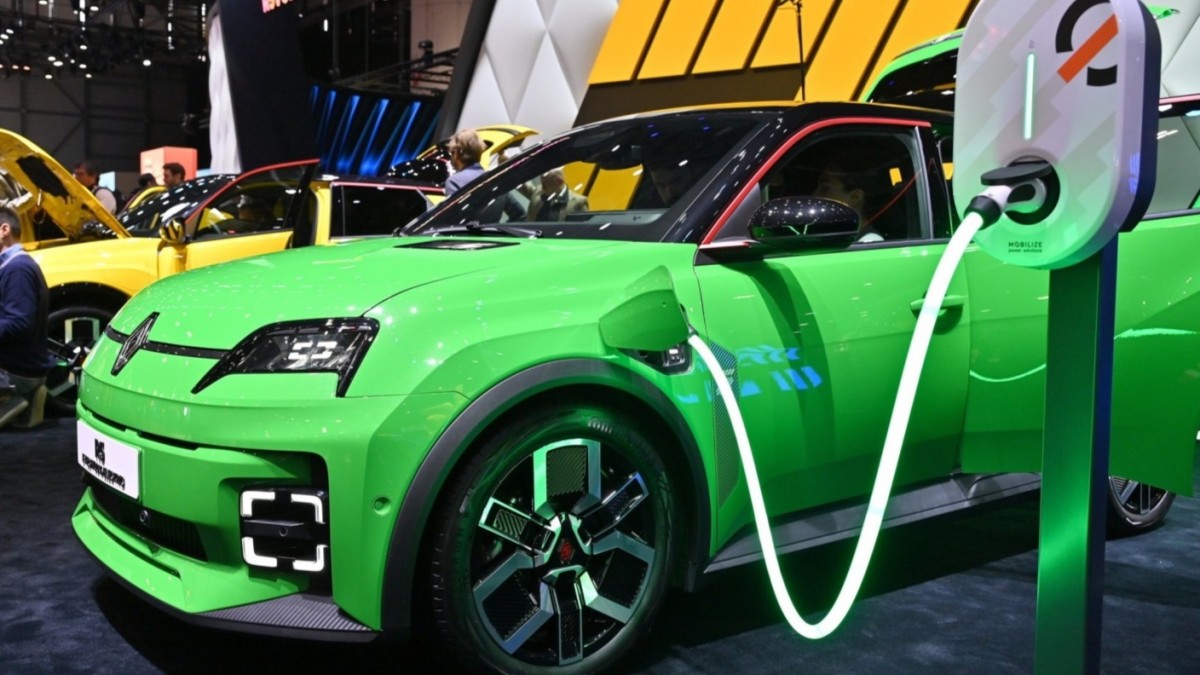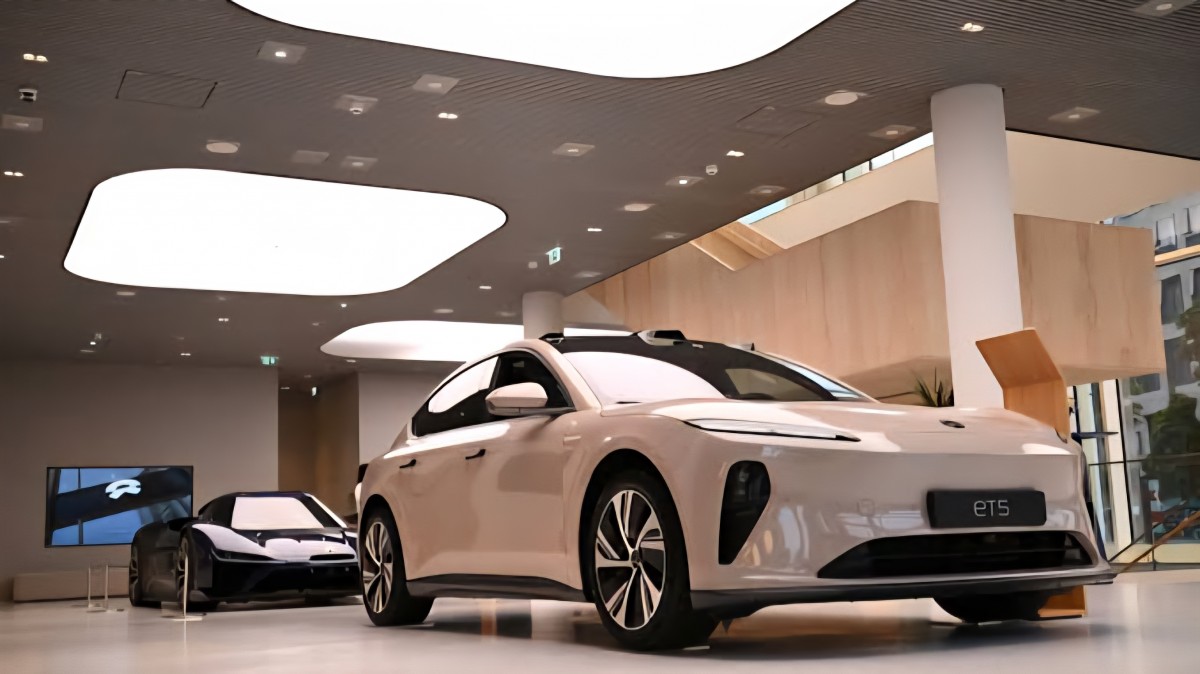Rho Motion: EV sales spike globally, reach 1.7 million in August
The global appetite for electric cars shows no signs of slowing down - in August alone, 1.7 million EVs found new homes, per research firm Rho Motion. This brings the total for the first eight month of the year to 12.5 million.
The August sales break down to 1.16 million fully battery-electric vehicles (BEVs) and 570,000 plug-in hybrids (PHEVs).

The US sales data for August painted a picture of a market hitting a record high. But this jump is directly tied to a deadline, and it won't last much longer. American consumers rushed to dealerships to take advantage of the soon-to-expire federal tax credit. This last-minute buying spree boosted short-term numbers, but analysts expect a sharp decline in sales for the final three months of the year.
Some automakers are already planning to scale back production in anticipation of this drop-off. Volkswagen is reportedly pausing production of its ID.4 electric SUV in October, and General Motors is also said to be planning EV production cuts after the tax credit expires.

The situation north of the border in Canada tells a different story about the power of government incentives - or rather the complete lack of it. Canadian EV sales have fallen by a third so far this year after the national iZEV rebate program was paused. Combined with tougher economic conditions, it is now unlikely that automakers will be able to meet the country's EV Sales Mandate for 2026.
As a result, there is a growing expectation that the government will pause the 2026 mandate for review, highlighting how dependent the transition to electric cars remains on consistent policy support. Overall, the North American market is up by a modest 6% year-to-date, mainly thanks to that temporary US sales boom.

Meanwhile, Europe's EV market is growing more consistently, driven by strict emissions legislation rather than short-term consumer credits. The market has grown by 31% so far this year, with both BEVs and PHEVs seeing nearly identical growth rates.
Germany's sales are up 45% and the United Kingdom's up 31%. Other nations are showing even more dramatic growth; sales in Spain have doubled, and Italy has seen a 41% increase. The only major market bucking the trend is France, where sales have fallen by 9% this year.

The European market is also becoming a key battleground for international brands. Chinese automaker BYD is finding success with its Seal U, which has become one of the continent's bestselling plug-in hybrids. The company is doubling down on its European expansion, releasing another model, the Seal 6 PHEV, in September.
In the United Kingdom, sales dipped in August, but this is a normal seasonal trend before new license plates are released in September, which always causes a massive sales spike. British buyers also saw two new models become eligible for a $5,150 EV grant: the Ford Puma Gen-E and the Ford E-Tourneo Courier.

In China, the world's largest market for electric cars, the numbers require a bit of context. While the market grew a healthy 25% year-to-date, year-over-year growth for July and August was relatively slow. This isn't a sign of a weakening market, but rather a reflection of an unusually strong sales period in 2024, which was fueled by a government trade-in subsidy program.
In other news from the region, industry leader BYD has reportedly trimmed its ambitious 2025 sales target from 5.5 million down to 4.6 million vehicles, though it still expects to sell nearly a million of those outside of China.
Reader comments
- Anonymous
- rK8
Tariffs and taxes on imported EVs is the only reason EV sales haven't skyrocketed even further




Facebook
Twitter
Instagram
RSS
Settings
Log in I forgot my password Sign up